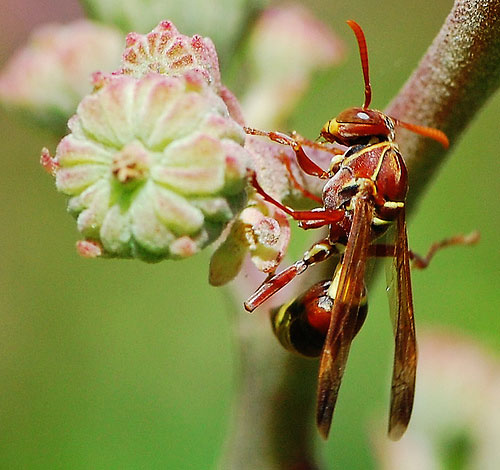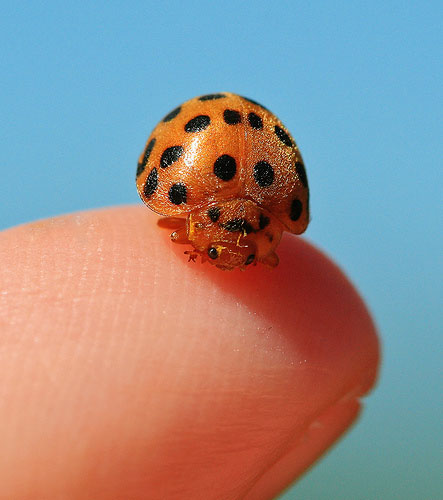If you’re looking to purchase a DSLR macro lens for the first time, it’s easy to get confused by the range that is available.
Here is a run down of the best macro lens for Canon and Nikon Digital SLR cameras.
Best Canon macro lens
For Canon Digital SLR camera’s, there are 3 popular choices.
- Canon EF 100mm f/2.8 Macro USM Lens
- Canon EF-S 60mm f/2.8 Macro USM Lens
- SIGMA 50mm f2.8 EX Macro 1:1 Lens for Canon SLR digital camera’s
Best Nikon macro lens
For photographers who use Nikon SLR camera’s, there is:
- Nikon 105mm f/2.8G ED-IF AF-S VR Micro-Nikkor Lens
- Nikon 60mm f/2.8D AF Micro-Nikkor Lens
- Sigma 50mm f/2.8 EX DG Macro Lens for Nikon SLR Cameras
What is the main differences between a 50mm, 60mm, 100mm and 105mm DSLR macro lens?
The lower the focal length of the lens, the lower the cost. For example, a Canon EF-S 60mm f/2.8 Macro USM Lens is cheaper to buy than a Canon EF 100mm f/2.8 Macro USM Lens. Similarly, a 60mm Nikon lens is cheaper than the 105mm Micro Nikkor lens. The lower the focal length of the lens, the smaller and lighter it will be to carry.
For example, the Nikon 105mm f/2.8G ED-IF AF-S VR Micro-Nikkor Lens weighs 27.9 ounces or 790 grams, whereas the Nikon 60mm f/2.8D AF Micro-Nikkor Lens weighs half that at only 15.5 ounces.
However, the lower the focal length of the macro lens, the closer you also need to be to the subject you’re photographing. This is an important consideration to take into account when it comes to macro photography. Personally I recommend spending that bit extra to purchase the Canon 100mm or the Nikon 105mm macro lens.It’s common to come across photographers who had purchased a 50 or 60mm and later wished they’d upgraded to a 100 or 105mm DSLR macro lens.
Most complain that they need to be physically positioned too close to an insect to properly focus their 50/60mm macro lens. This can scare away the insect before they get a chance to take the shot. Another complaint, concerns the shadow that can be thrown over a subject when you need to be closer. Light is an important aspect in macro photography to enable you to keep a fast enough shutter speed to capture insects on the move.
To give you an idea of the difference in shooting distance between focal lengths, a 100mm macro lens used at approximately 45cm from the subject will have the same magnification as a 50mm lens used at only 23cm from the subject.
What is the best macro lens? Which one should you buy?
Ideally, if you own a Canon DSLR camera, then the EF 100mm f/2.8 Macro USM Lens is currently the best glass for both insect and flower photography. While the best Nikon macro lens is the 105mm f/2.8G ED-IF AF-S VR Micro-Nikkor Lens. Here are two example images.
Hornet Macro Photographed with a Nikon Macro Lens
Digital SLR Camera: Nikon D40 SLR
DSLR Macro Lens: Nikon 105mm f/2.8G ED-IF AF-S VR Micro-Nikkor Lens
Shutter Speed: 0.001 sec (1/1000)
Aperture: f/7.1
Focal Length: 105 mm
ISO Speed: 400
Exposure Program: manual
How this hornet macro was taken
Having a focal length of 105mm allowed the photographer to stay a good distance from the hornet, so not to frighten it away. The camera’s ISO was set to 400. This allowed the photographer to take the shot with a f/7.1 aperture, yet at the same time keep the shutter speed to a fast 1/1000th of a second.
Ladybug Macro Photographed with a Canon Macro Lens
Digital SLR Camera: Canon 400D SLR
DSLR Macro Lens: Canon EF 100mm f/2.8 Macro USM Lens
Shutter Speed: 0.002 sec (1/640)
Aperture: f/7.1
Focal Length: 100 mm
ISO Speed: 400
Exposure Program: manual
How this ladybug macro photograph was taken
This little fellow didn’t stay on my finger for long, so there wasn’t a lot of time to take the shot. Keeping the ISO at 400 allowed the shutter speed to be set at a fast 1/640th of a second, so the camera could easily be hand held.


